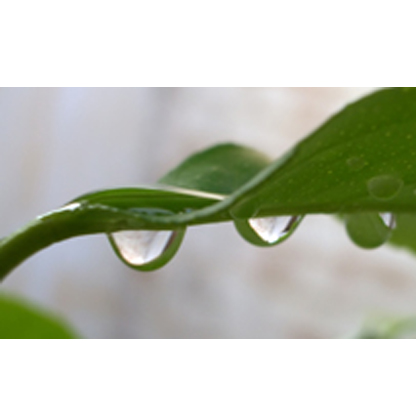
Rainwater harvesting is when rainwater is collected from roofs and guttering and instead of going down the drain it is collected and stored for use later.
Rainwater is collected from the guttering/drain of your roof, and piped into an underground storage tank fitted with filters to remove debris picked up on the way. The tank also contains a pump which pumps the rainwater to the building where it is to be used.
Filtered untreated harvested rainwater can be used for a number of non-drinking purposes including
This depends on your normal usage but generally it can save 30 – 50% of treated drinking water from being used for purposes other than drinking.
This depends on the area, angle and type of roof and how much rainfall you receive.
Rainwater harvesting can be installed into new buildings or retrofitted into existing buildings however this may occur more cost as additional plumbing may be required.
Rainwater harvesting systems can be installed in most types of domestic, commercial and industrial properties. The only limitation is the area of the roof versus the number of users, which makes flats and apartments not very suitable.
Systems vary in cost depending on what is required. Please contact fill out our questionnaire and return to Filpumps for a quote.
The rain water is filtered before being stored in the tank to removed debris such as leaves and dirt and is stored under the ground where it is dark to discourage algae growth. The tank has inlets installed which make sure the sediment at the bottom of the tank does not get stirred up. The water is clean but not suitable for human consumption, if you wish to drink the rainwater this would require further treatment.
If the level in the tank falls due to lack of rain there is a float switch within the tank which will activate and open a valve from your normal water supply (mains or private) to keep the tank topped up. A normal system should not show any affects from lack of rain fall for up to 7 days, provided there is normal water usage.
It may be possible to connect a hosepipe to the rainwater tank but only if it is not connected to mains water. If you wish to have water for washing the car and watering the garden during a hosepipe ban rainwater can be collected in a water butt.
A regular maintenance schedule as per the manufacturers’ instructions is best.